Table of content
- Shelling the Beans
- Peeling the Outer Skin (Optional but Recommended)
- Boiling: The Classic Approach
- Steaming: Gentle and Nutrient-Rich
- Sautéing: Caramelized Depth
- Braising: Slow-Cooked Richness
- Roasting: Concentrated Flavor
- Sautéed Fava Beans with Mint and Pecorino
- Mediterranean-Style Fava Bean Stew
- Creamy Fava Bean Risotto
- Egyptian Ful Medames (Fava Bean Dip)
Fava beans, also known as broad beans, are a culinary treasure cherished across the globe for their unique flavor and versatility. Whether you’re a seasoned home cook or a curious novice, mastering the art of preparing fava beans to achieve the perfect balance of tenderness and taste can elevate your dishes to new heights. This article delves into the nuances of selecting, preparing, and cooking fava beans, offering expert tips and creative recipes to transform this humble legume into a star ingredient.
Understanding Fava Beans: A Brief Introduction
Fava beans (Vicia faba) have been cultivated for thousands of years, with roots tracing back to the Mediterranean and Middle Eastern regions. Their earthy, slightly sweet taste and creamy texture make them a favorite in stews, salads, dips, and side dishes. However, achieving that coveted tenderness requires careful attention to detail, as overcooking can turn them mushy, while undercooking leaves them starchy and tough.
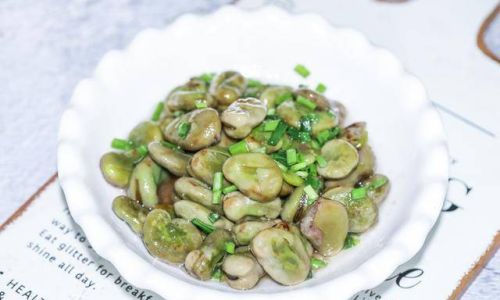
Selecting the Best Fava Beans
The journey to perfectly cooked fava beans begins at the market or garden. Freshness is paramount:
- Appearance: Look for pods that are firm, vibrant green, and free from blemishes. Avoid pods with yellowing spots or dried edges, as these indicate age.
- Size: Smaller pods (4–6 inches long) often house younger, tender beans. Larger pods may contain mature beans with thicker skins.
- Feel: Gently squeeze the pod—it should feel plump but not overly stiff. A slight give suggests the beans inside are fully developed but not overripe.
If using dried fava beans, opt for whole, unbroken beans with a uniform color. Soak them overnight to rehydrate before cooking.
Preparation: Unleashing the Bean’s Potential
Proper preparation is the cornerstone of tender, flavorful fava beans. Follow these steps:
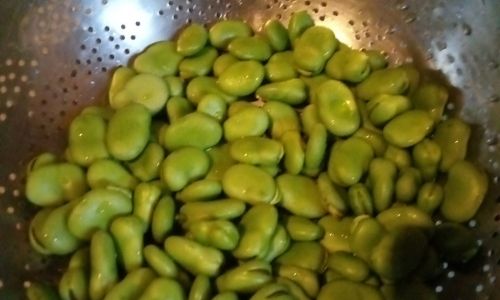
Shelling the Beans
- Fresh Beans: Snap off the stem end of the pod and pull the string along the seam to unzip it. Gently push the beans out with your thumb.
- Dried Beans: After soaking, drain and rinse them thoroughly.
Peeling the Outer Skin (Optional but Recommended)
Fava beans have a bitter, waxy outer skin that becomes tough when cooked. Peeling improves texture and mellows the flavor:
- Blanching Method: Boil the shelled beans for 1–2 minutes, then immediately transfer them to an ice bath. The skins will loosen, making them easy to slip off.
- Quick Peel: For small batches, use a paring knife to nick the skin and squeeze the bean out.
Cooking Methods: Achieving Tenderness
The way you cook fava beans dictates their texture and flavor. Experiment with these techniques:
Boiling: The Classic Approach
- Steps:
- Bring a pot of salted water to a rolling boil.
- Add the beans and cook for 3–5 minutes (fresh) or 20–30 minutes (dried).
- Drain and shock in ice water to halt cooking.
- Pro Tip: Add a pinch of baking soda to the water to soften tough skins.
Steaming: Gentle and Nutrient-Rich
- Steps:
- Place beans in a steamer basket over boiling water.
- Steam for 5–7 minutes (fresh) or 25–30 minutes (dried).
- Benefit: Retains more vitamins and minerals than boiling.
Sautéing: Caramelized Depth
- Steps:
- Heat olive oil or butter in a skillet.
- Add minced garlic, shallots, or herbs (e.g., thyme, rosemary).
- Toss in blanched beans and sauté for 3–4 minutes until golden.
- Variation: Finish with a splash of lemon juice or balsamic glaze for brightness.
Braising: Slow-Cooked Richness
- Steps:
- Simmer beans in broth, wine, or tomato sauce for 15–20 minutes.
- Add aromatic vegetables (carrots, celery) or smoked meats for complexity.
Roasting: Concentrated Flavor
- Steps:
- Toss peeled beans with olive oil, salt, and spices (e.g., cumin, paprika).
- Roast at 400°F (200°C) for 15–20 minutes until crispy.
Recipes to Elevate Your Fava Bean Game
Sautéed Fava Beans with Mint and Pecorino
- Ingredients:
- 2 cups fresh fava beans (peeled)
- 2 tbsp olive oil
- 2 garlic cloves, minced
- ¼ cup fresh mint, chopped
- ¼ cup grated Pecorino Romano
- Lemon wedges
- Instructions:
- Sauté garlic in olive oil until fragrant.
- Add beans and cook for 3 minutes.
- Toss in mint and half the cheese.
- Serve with lemon wedges and a sprinkle of cheese.
Mediterranean-Style Fava Bean Stew
- Ingredients:
- 1 cup dried fava beans (soaked overnight)
- 1 onion, diced
- 1 tomato, chopped
- 1 tsp smoked paprika
- 4 cups vegetable broth
- ¼ cup fresh parsley
- Instructions:
- Sauté onion until translucent.
- Add paprika, tomatoes, and broth; simmer for 30 minutes.
- Stir in beans and cook until tender.
- Garnish with parsley and a drizzle of olive oil.
Creamy Fava Bean Risotto
- Ingredients:
- 1 cup Arborio rice
- 1 cup fresh fava beans (blanched and peeled)
- ½ cup white wine
- 4 cups warm vegetable broth
- ¼ cup Parmesan cheese
- 2 tbsp butter
- Instructions:
- Toast rice in butter until golden.
- Deglaze with wine; stir until absorbed.
- Add broth one ladle at a time, stirring constantly.
- Fold in beans and cheese; season to taste.
Egyptian Ful Medames (Fava Bean Dip)
- Ingredients:
- 2 cups cooked fava beans
- 2 tbsp tahini
- 1 garlic clove
- 1 tsp cumin
- Juice of 1 lemon
- Olive oil and chopped tomatoes (for garnish)
- Instructions:
- Blend beans, tahini, garlic, cumin, and lemon juice until smooth.
- Serve with olive oil, tomatoes, and warm pita bread.
Expert Tips for Perfect Fava Beans
- Timing is Key: Test doneness by tasting—beans should be creamy but not falling apart.
- Acid Balance: A squeeze of lemon or vinegar brightens earthy flavors.
- Pairings: Complement with bacon, prosciutto, or pancetta for smokiness, or fresh herbs like dill or cilantro for freshness.
- Storage: Cooked beans keep refrigerated for 3 days or frozen for up to 3 months.
Avoiding Common Pitfalls
- Overcooking: Results in a grainy texture. Remove from heat just as they turn tender.
- Under-seasoning: Fava beans absorb flavors well, so don’t skimp on salt, herbs, or aromatics.
- Skipping Peeling: While optional, peeling ensures a velvety mouthfeel.
Conclusion: The Joy of Fava Beans
Fava beans are a testament to the magic of simple, wholesome ingredients. With the right techniques—from meticulous selection to mindful cooking—they can become the star of spring salads, hearty stews, or elegant appetizers. Whether you prefer them sautéed with herbs, blended into a creamy dip, or roasted to crispy perfection, mastering fava beans opens a world of culinary possibilities. So next time you spot those vibrant green pods at the market, seize the opportunity to create a dish that’s both tender to the bite and unforgettable to the taste buds.
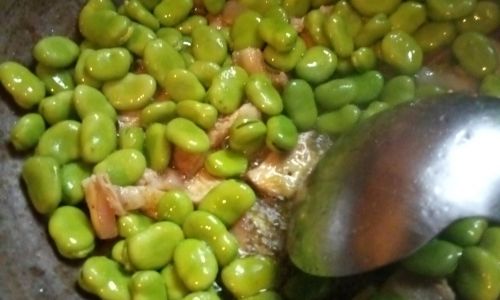
By embracing patience and creativity, you’ll discover why fava beans have been a beloved ingredient across cultures for millennia. Happy cooking!
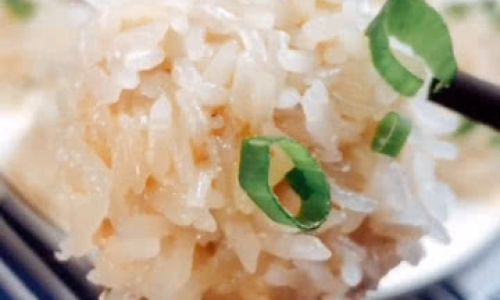

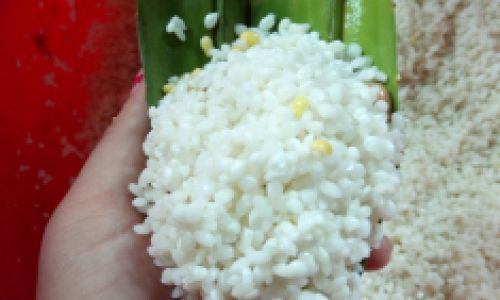


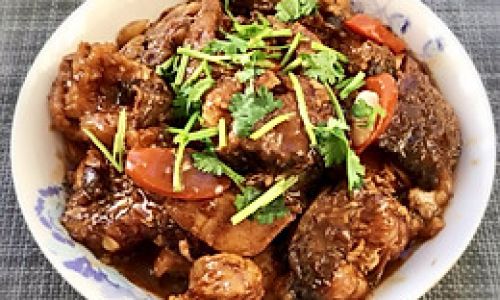
0 comments